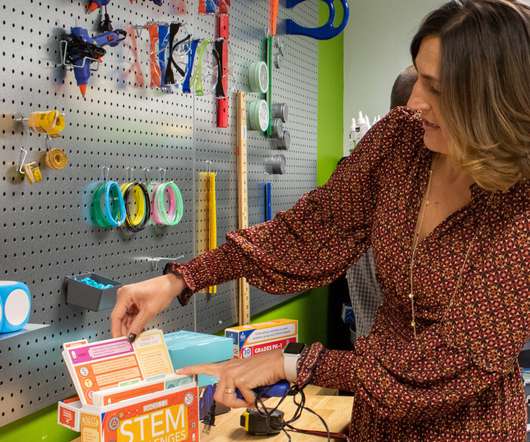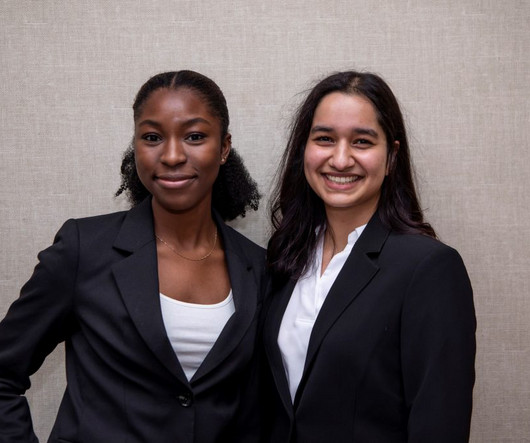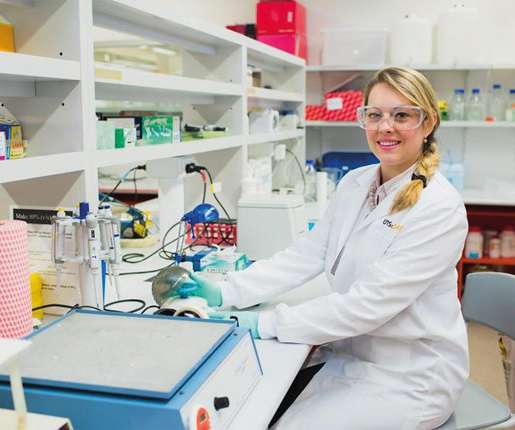How can we make STEM subjects more engaging for students?
Futurum
JANUARY 24, 2023
Published: At Point Park University in Pittsburgh in the US, education researchers Dr Ginny Chambers , Dr Kamryn York and Dr Mark Marnich are helping pre-service teachers develop their skills in STEM subjects to make learning more enjoyable and effective for their future students. How are maker spaces good for students? “Our Sounds great!












Let's personalize your content